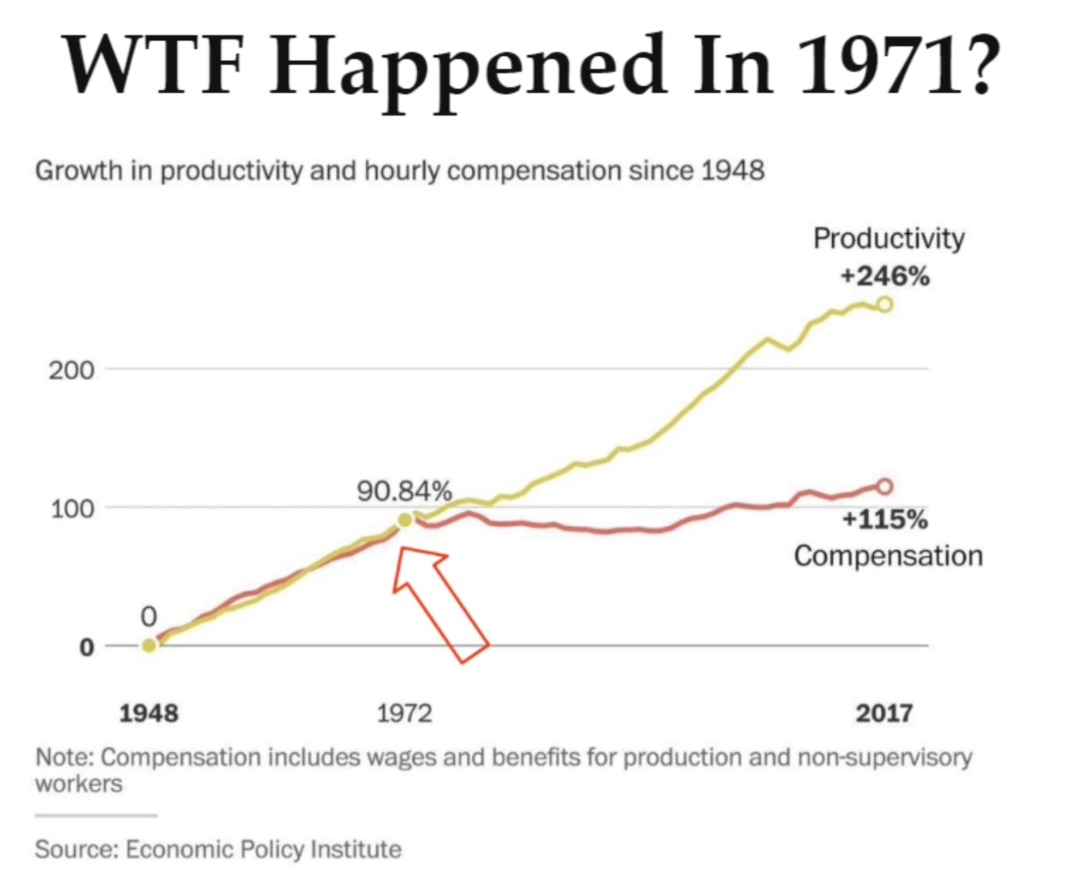I’ve spent the last 15 years of my life inside the machine. First as a derivatives analyst, then as a macro risk strategist. My job has always been to analyze currency flows, global liquidity cycles, and systemic leverage points. So when I read Mamadou Kwidjim Toure’s essay—“Why do we trust printed pieces of paper more than grams of gold dug up in Burkina?”—I wasn’t reading for novelty. I was reading for precision. And he delivered.
His narrative reads less like a political indictment and more like a systems teardown. And from a financial systems perspective, that’s exactly how it should be read.
Because here’s the truth: the U.S. dollar isn’t merely a currency. It’s a codebase, an operating system. One whose architecture is deeply entrenched, massively interoperable, and ruthlessly protected. You don’t just “switch off” the dollar. You fork it—or you get deleted.
Toure starts from the ground up, quite literally, with the image of gold miners in Burkina Faso—extraction without empowerment. A nation exporting tens of thousands of kilos of gold annually, yet importing poverty. But he doesn’t stop at moral outrage. He zooms out. Way out. To 1944. Bretton Woods.
The original protocol.
What the internet is to TCP/IP, modern finance is to the Bretton Woods system. It was a foundational layer—flawed, but brilliantly effective for its time. It pegged all currencies to the U.S. dollar, which in turn was pegged to gold. This gave the illusion of decentralization, while centralizing ultimate control.
Then came Nixon in 1971.
In just 17 minutes on television, convertibility was severed. That was not merely a monetary policy shift. It was a hard fork in monetary consensus. Money ceased to be backed by finite substance and became backed by sovereign credibility—essentially, the promise of U.S. power.
And that’s where Mamadou’s framing hits especially hard. Because most financial professionals I know still act as if the dollar’s dominance is the natural order of things. It’s not. It’s the most successful consensus hack in modern history.
We forget how many currencies have come and gone. The British pound once held reserve status. Before that, it was the French franc. And before that, Spanish silver dollars. Each collapsed under the weight of war, debt, or disruption. The U.S. dollar is simply the latest iteration, not the final one.
Toure rightly points to the petrodollar system as a reinforcement mechanism. By pricing oil exclusively in dollars after 1974 (a result of a quiet but critical deal between the U.S. and Saudi Arabia), the U.S. ensured every nation would need dollars—not for ideology, but for survival.
This part is rarely appreciated by outsiders. The dollar is enforced liquidity. It’s not just accepted; it’s structurally necessary.
That’s why, when countries like Burkina Faso need to fund infrastructure or public services, they borrow in dollars—even when they produce real value in the form of gold. The system incentivizes export of substance in exchange for promises of value.
It’s beautiful. And brutal.
But systems like this don’t last forever. As Toure notes, the signs of divergence are growing. The dollar’s share of global reserves has declined from 65% in 2014 to under 58% in 2024. That sounds small, but it represents hundreds of billions of dollars in shifted preference.
More importantly, the compositional shift is revealing. Central banks are not just buying euros or yen—they’re buying gold. In 2022 alone, global central banks bought more gold than any year since 1950, according to the World Gold Council. Why? Because physical assets are becoming the new neutral.
Toure calls this “trust in physical reality.” And as someone who tracks long-term volatility skews, I can tell you: the market is whispering the same story. The cost of insuring against dollar disruption is slowly creeping up—not in headlines, but in basis points.
Where Mamadou’s piece becomes especially resonant is when he connects this systemic critique to real-world innovation: tokenized gold. The idea that a Burkinabé miner could tokenize a gram of gold and sell it directly, digitally, without routing through five layers of intermediaries, is not fantasy. It’s already happening.
Singapore-based Digix tried this back in 2017. Paxos launched PaxG in 2019. Zimbabwe recently issued gold-backed digital tokens as a currency alternative. None of these are perfect. But the trajectory is clear.
Value flows are being re-architected. Not with speeches, but with code.
If Bitcoin represented the uncensorable store of value, tokenized gold could represent the decolonized store of value. It allows communities to retain ownership of production while participating in global markets. It’s not about nostalgia for gold. It’s about rebuilding monetary consensus with roots.
Toure doesn’t romanticize this shift. He’s pragmatic. He knows the incumbents will fight. Sanctions, debt blackmail, capital controls—these are all tools of the current codebase. But every dominant system reaches its inflection point. Not because it is overthrown. But because it becomes too expensive to maintain.
As a financial engineer, I see it in the numbers. As a systems thinker, Mamadou articulates the philosophy behind it.
And as a reader, I left his article with a renewed conviction: if we don’t reimagine the foundation of value, someone else will—on their terms.
You should read the full piece. It’s not a polemic. It’s a fork in the road. And like any good protocol, it starts with first principles.
About Author: –
Mamadou Kwidjim Toure, a Global Finance Expert and Philanthropist Pen down his thoughts on Burkina. Foreign powers are trying to destabilize what they call the “second poorest country in the world”, but maybe it’s not as poor as we believe. For more such articles follow mamadou

